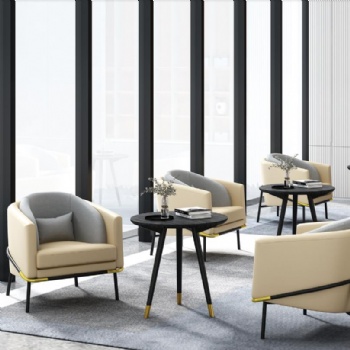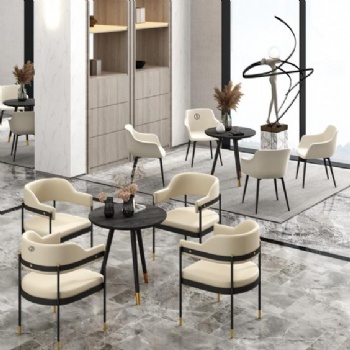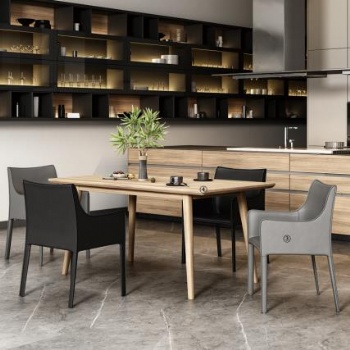News
SELECTION OF OFFICE FURNITURE IN DIFFERENT ENVIRONMENTS
With the development of the times, an efficient and comfortable office environment has become the pursuit of more and more enterprises. It is crucial to choose suitable and suitable office furniture that can meet the needs of different office environments. Below, Xiaomei will provide some suggestions on adapting to different office environments.
1. Open office environment: In an open office environment, office furniture needs to provide flexible workspace and appropriate partitions. You can choose movable partitions or screens to create some privacy or privacy space as needed. The workbench and seats should be designed with adjustable height and angle to meet the needs of different individuals. In addition, furniture in shared and collaborative areas should be easy to move and reorganize to adapt to different tasks and activities.
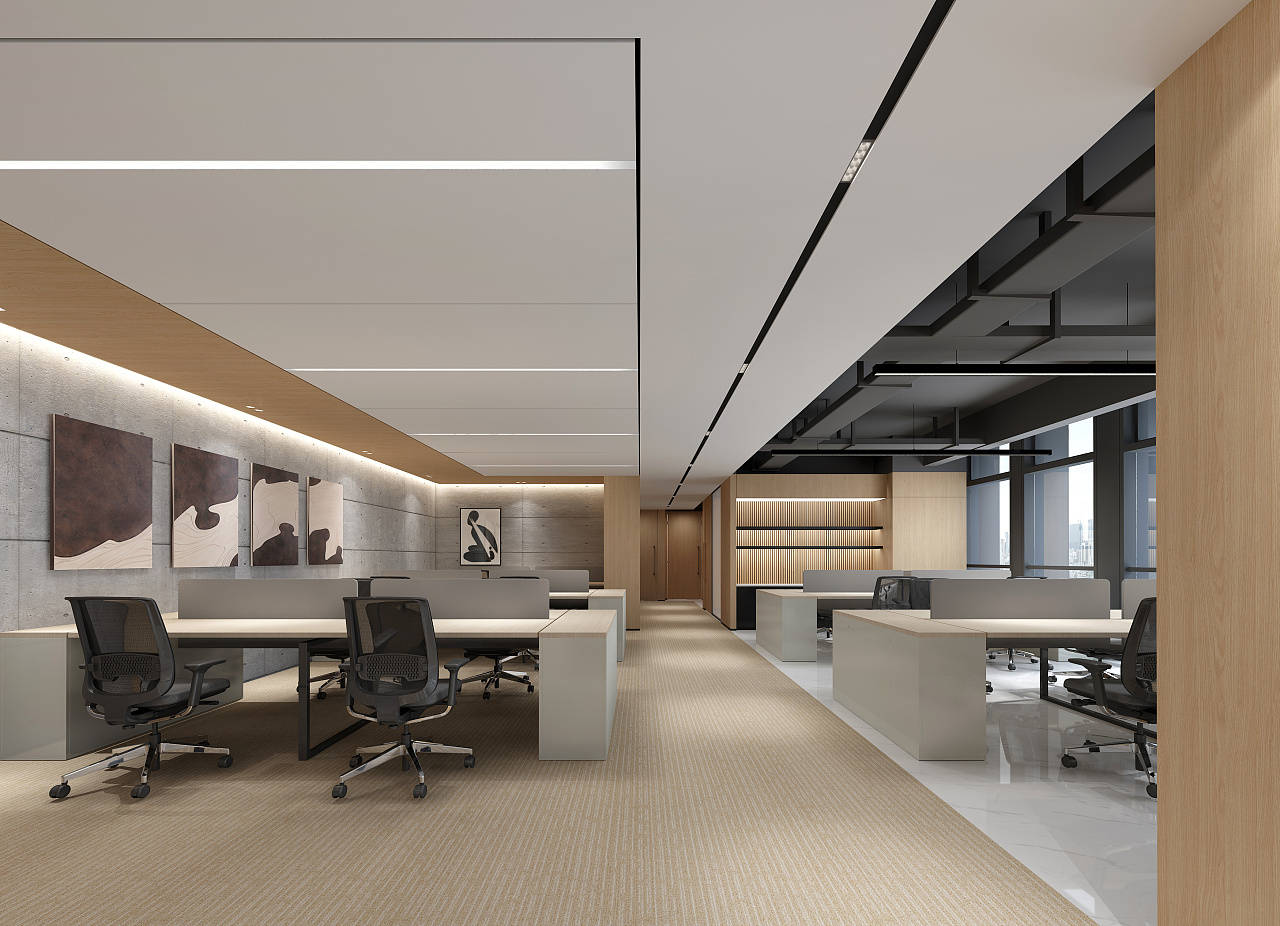
2. Meeting rooms and collaboration spaces: For meeting rooms and collaboration spaces, furniture should focus on promoting team collaboration and communication. Choose a round table or spacious long table with comfortable seats to encourage participation and communication. Furniture can provide power sockets and wiring management facilities, facilitating the use of conference equipment and technology. At the same time, you can choose to use auxiliary tools such as whiteboards, projectors, and screens to support collaboration and presentation needs.
3. Private office space: For office spaces that require a certain level of privacy, such as independent offices or group office areas, furniture design should focus on sound insulation and privacy. Choose a door or higher partition to ensure privacy in the work area. Choose ergonomic seats and desks to provide a comfortable working environment. In addition, furniture with good storage and organization functions can be chosen to provide a clean and orderly workspace.
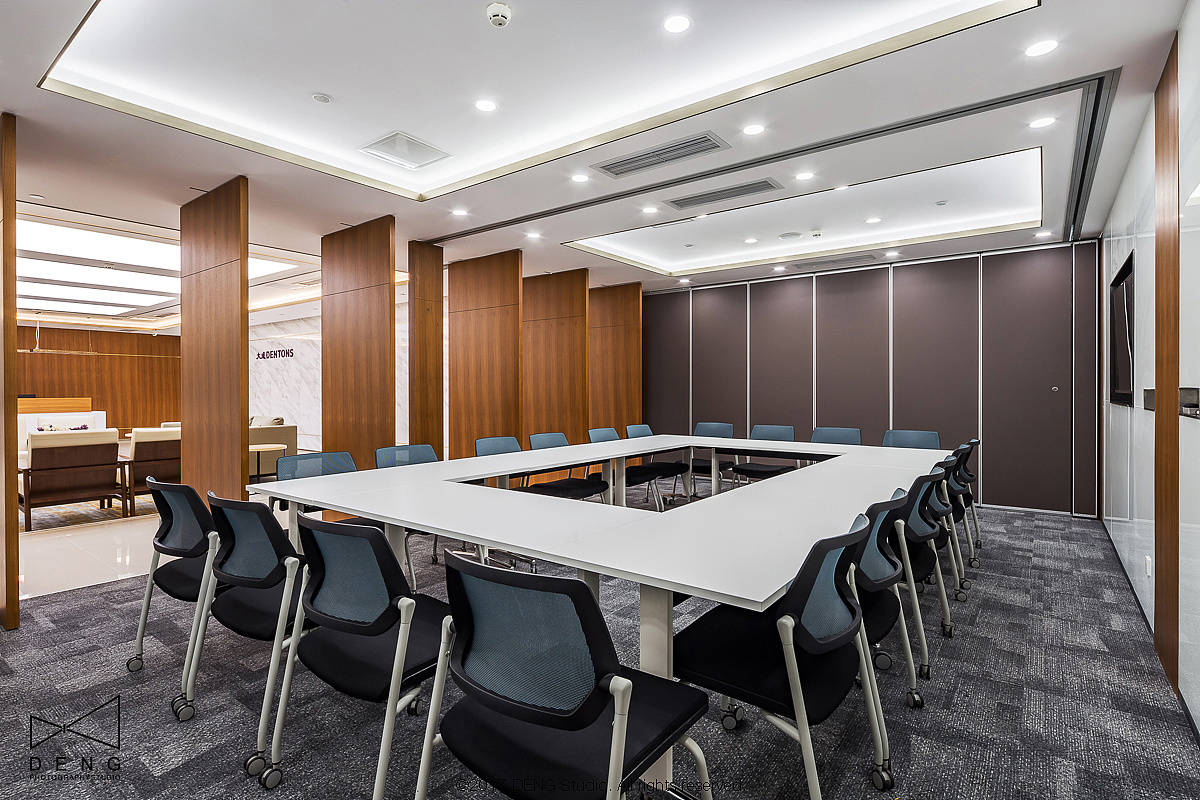
4. Leisure office space: For leisure space, office furniture needs to pay attention to space utilization and flexible layout. Choose foldable or movable furniture to flexibly adjust the work area as needed. For example, folding tables, folding chairs, or movable workbenches. In addition, the design and material selection of furniture should also take into account the characteristics and needs of sideline work, such as storage cabinets and drawers, which are convenient for document organization and preservation.
Whether it is an open office environment, a private office space, a conference room, or a third space office environment, the adaptability of office furniture is very important. By selecting appropriate furniture based on the characteristics and needs of different office environments, a comfortable, practical, and efficient working environment can be provided, which can improve employee work efficiency and satisfaction.
Categories
Contact Us
- 0086 139 23119482
- info@etengfurniture.com
- +86-13923119482
